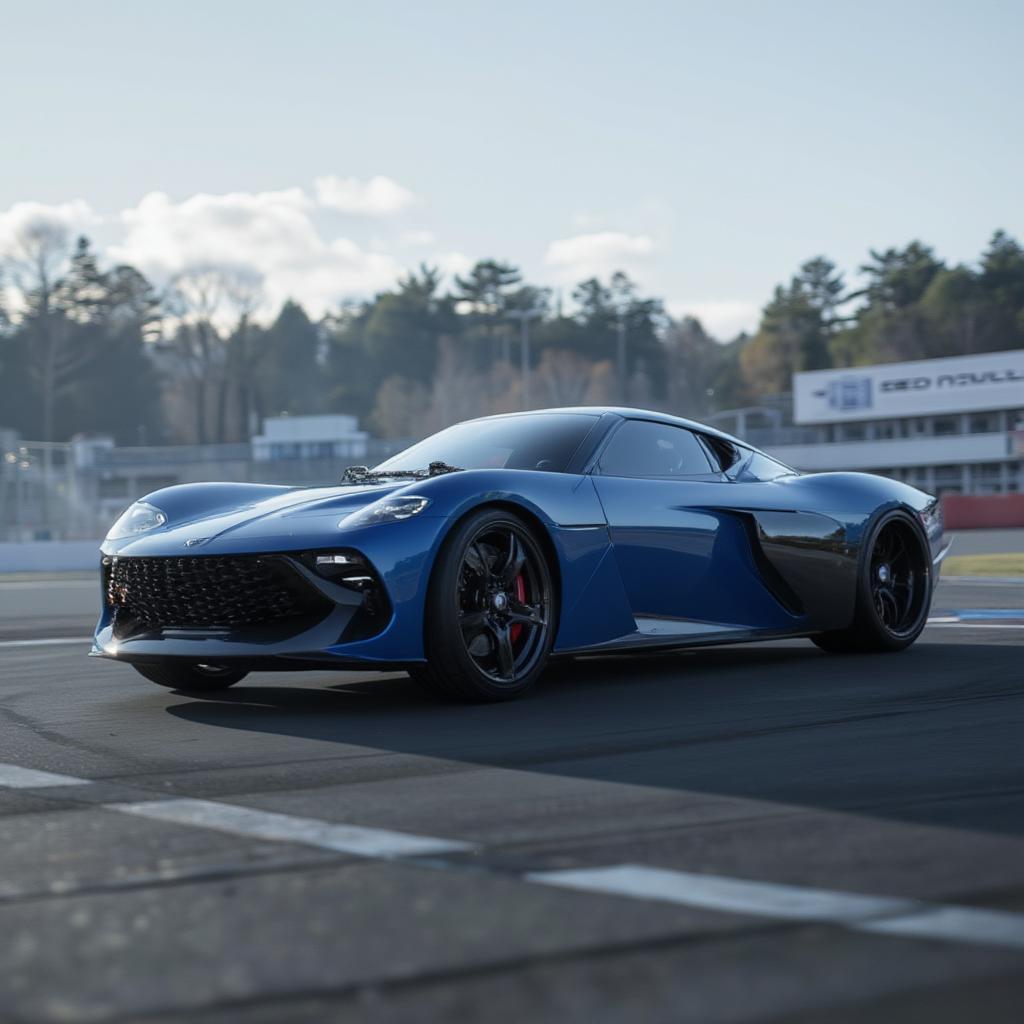1970 Super Cars: Chrome Dreams and Horsepower Hymns

The 1970s were a pivotal decade for supercars, a time when chrome bumpers gleamed, engines roared, and horsepower was king. Fuel crises and tightening emissions regulations loomed, but for a brief, shining moment, 1970 Super Cars represented the pinnacle of automotive excess and audacious design. These weren’t just cars; they were statements, rolling sculptures that captured the spirit of a generation obsessed with speed and style.
Speed Demons of the Seventies: Defining the 1970 Supercar
The term “supercar” itself was still evolving in 1970. It encompassed a broad range of high-performance vehicles, from European exotics like the Lamborghini Miura and Ferrari Daytona to American muscle cars like the Plymouth Hemi ‘Cuda and Chevrolet Chevelle SS. What united these disparate machines was a shared commitment to pushing the boundaries of performance and design. They were the fastest, most powerful, and most visually striking cars of their time. Often featuring powerful V8 engines, aerodynamic designs (though sometimes more stylistic than functional), and luxurious interiors, these cars were the ultimate status symbols. They were the embodiment of automotive aspiration.
European Exotica: The Italian Stallions and Their German Rival
The 1970s saw Italian automakers like Lamborghini and Ferrari continue their reign of dominance in the supercar arena. The Lamborghini Miura, with its revolutionary mid-engine layout and breathtaking styling, remained a benchmark for exotic performance. Ferrari’s answer, the front-engine Daytona, countered with brute force and a timeless grand touring design. Meanwhile, a new challenger emerged from Germany: the Porsche 911. While not as overtly flamboyant as its Italian counterparts, the 911’s rear-engine layout and exceptional handling made it a formidable competitor, setting the stage for its future supercar dominance. These cars not only showcased engineering prowess but also reflected the distinct design philosophies of their respective nations.

American Muscle: Raw Power and Quarter-Mile Glory
Across the Atlantic, American muscle cars reached their zenith in the early 1970s. Cars like the Plymouth Hemi ‘Cuda, with its monstrous 426 cubic inch Hemi V8, dominated drag strips and street races alike. The Chevrolet Chevelle SS, another icon of the era, offered a potent blend of performance and style. These were cars built for straight-line speed, prioritizing raw power over nuanced handling. Their aggressive styling, often featuring bold stripes, scoops, and spoilers, reflected their unapologetically performance-oriented nature. The rumble of a big-block V8 became the soundtrack of the American automotive landscape.
Were 1970 Supercars Practical? The Price of Performance
Owning a 1970 supercar was a privilege reserved for the few. These cars were expensive to purchase, maintain, and fuel, especially as the decade progressed and fuel costs soared. Their performance came at the cost of practicality. Fuel economy was often abysmal, interiors could be cramped, and reliability was sometimes questionable. But for those who could afford them, these drawbacks were a small price to pay for the thrill of driving a machine that represented the pinnacle of automotive achievement.
The End of an Era: The Impact of the Oil Crisis on 1970 Super Cars
The 1973 oil crisis marked a turning point for the automotive industry, and supercars were particularly hard hit. Rising fuel prices and increasingly stringent emissions regulations forced automakers to rethink their priorities. The era of unbridled horsepower and gas-guzzling engines was drawing to a close. This period forced innovation, leading to the development of more fuel-efficient engines and lighter materials. While the spirit of the supercar lived on, it would evolve to adapt to a changing world.
Collecting 1970 Supercars: A Blue-Chip Investment
Today, 1970 supercars are highly sought-after collector’s items. Their rarity, historical significance, and enduring appeal make them valuable investments. Well-preserved examples can command astronomical prices at auctions, a testament to their enduring legacy. These vehicles represent not only automotive history but also a specific cultural moment in time, making them highly desirable for collectors and enthusiasts alike.
The Legacy of 1970 Super Cars: An Influence that Endures
The 1970 super cars left an indelible mark on the automotive landscape. They established a template for performance and design that continues to inspire automakers today. Their influence can be seen in the sleek lines, powerful engines, and advanced technologies of modern supercars. These vehicles not only defined an era but also laid the foundation for the future of high-performance automobiles. From their iconic designs to their groundbreaking engineering, their spirit continues to resonate with car enthusiasts worldwide.
“The 1970s were a wild time for car design,” says automotive historian Dr. Eleanor Vance of the Classic Car Institute. “The supercars of that era reflected a sense of optimism and a belief that anything was possible. They were a celebration of speed, power, and style.”
“These cars weren’t just about performance; they were about making a statement,” adds renowned automotive designer Julian Thorne. “They were expressions of individuality and a rejection of the mundane. They captured the spirit of a generation that dared to dream big.”
In conclusion, the 1970 super cars were more than just machines; they were cultural icons that captured the spirit of an era. They represented a unique moment in automotive history, a time when performance and style reigned supreme. While the landscape of the automotive world has changed dramatically, the legacy of these incredible machines continues to inspire and captivate enthusiasts today, reminding us of a time when 1970 super cars roared their way into automotive legend.




